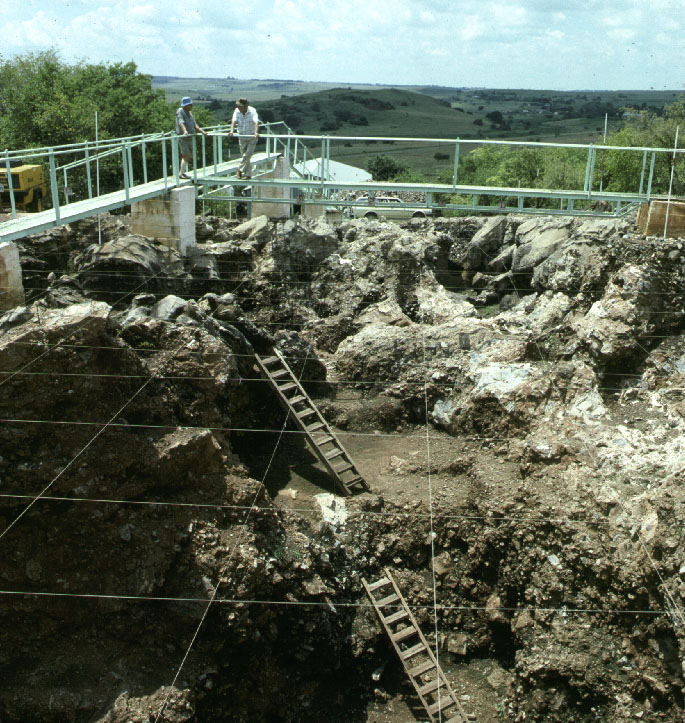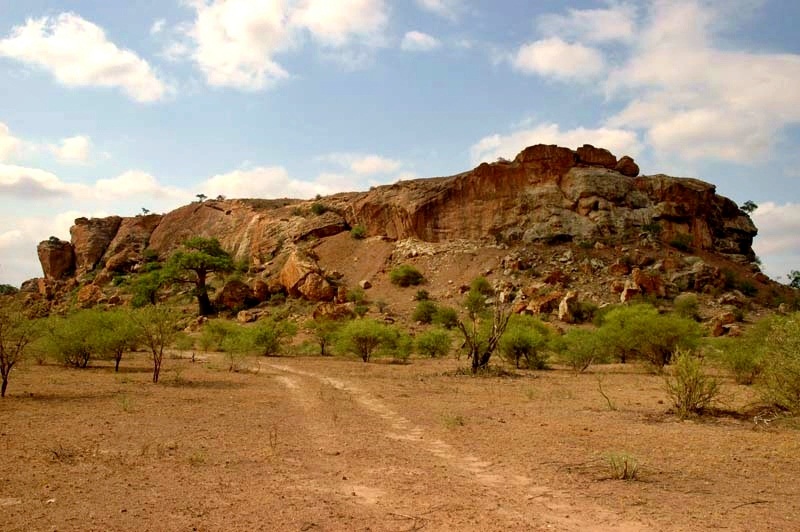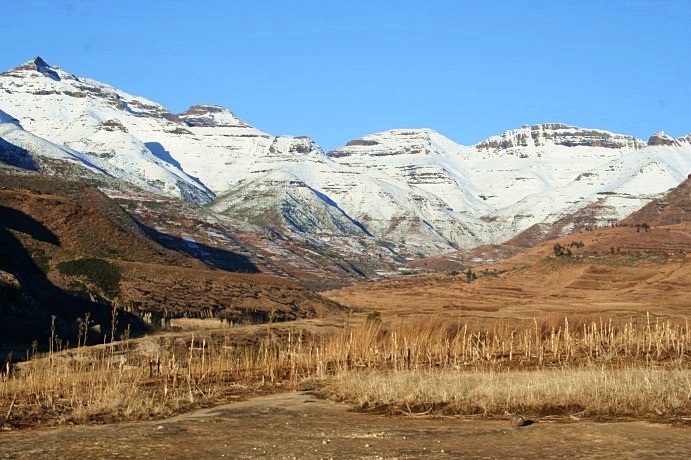My Project Is About A Little Bit Of Everything- So I Am Gonna Be Reading Facts Of Italy
The Leaning Tower of Pisa was built in 1173 and began to lean soon after, probably due to a poorly laid foundation. During WWII, the Nazi’s used it as a watch tower.
The world’s first operas were composed in Italy at the end of the sixteenth century. Opera reached the height of popularity in the nineteenth century.
Galileo Galilei (1564-1642) was an Italian-born scientist. When he argued that the Earth revolved around the Sun, rather than the sun revolving around the earth, A Catholic Church imprisoned Galileo in his own house. The Church issued a formal apology in 1992, About 350 years later.
Influenced in part by the French flag, the Italian flag has evolved over several hundred years. The flag is vertically divided into three equal sections of green, white, and red, representing hope, faith, and charity. Another interpretation is that the green represents the Italian landscape, white represents the snow-capped Alps, and red represents the bloodshed that brought about the independence of Italy.

The biggest holiday in Italy is Christmas. Many people celebrate Christmas Eve with a huge feast, often featuring seafood. The Christmas season lasts until January 6.
Italy’s birthrate is the second lowest in the Western world. Both political and church leaders have expressed concern and have offered rewards to couples who have more than one child.
In 1454, a real human chess game took place in Marostica, Italy. Rather than fight a bloody duel, the winner of the chess game would win the hand of a beautiful girl.
Over 50 million tourists a year visit Italy. Tourism is vital to Italy’s economy and provides nearly 63% of Italy’s national income.
The highest peak in Europe is in Italy. Monte Blanc (White Mountain) is 15,771 feet high and is part of the Alps. White Mountain or Mount Blanc- (Below)
Rome was founded in 753 B.C.
The University of Rome is one of the world’s oldest universities and was founded by a Church in A.D. 1303. Often called La Sapienza (translates to knowledge), the University of Rome is also Europe’s largest university with 150,000 students. La Sapienza Logo (Below)
Parmesan cheese originated in the area around Parma, Italy. Italians also created many other cheeses, including gorgonzola, mozzarella, provolone, and ricotta.
The author of Pinocchio, Carlo Collodi (1826-1890), was Italian.
In 2007, a dog named Rocco discovered a truffle in Tuscany that weighed 3.3 pounds. It sold at auction for $333,000 (USD), a world record for a truffle.
A truffle a fungus, predominantly one of the many species of the genus Tuber. Some of the truffle species are highly prized as food.
Almost four-fifths of Italy is either mountainous or hilly.
Almost four-fifths of Italy is either mountainous or hilly.
The capital of Italy is Rome (also known as the Eternal City) and is almost 3,000 years old. It has been the capital since 1871 and is home to the Dome of St. Peter's, the Sistine Chapel, the Coliseum, and the famous Trevi Fountain.
Nobody really knows where the name Italy came from, here is some theories.
The name Italy comes from the word Italia, meaning “calf land,” perhaps because the bull was a symbol of the Southern Italian tribes
Italy comes from a root word that means “land of young cattle”. Historians speculate that it might be named this because a bull was the symbol of early Southern Italian tribes but some believe that it comes from the name Italus, an early king of the region.
Originally Italy was spelt Vitalia, probably the same root at vitulus-one year old calf. Or land of the cattle.
The thermometer is an Italian invention.
Italy is home to the largest amount of world heritage sites, at 51!
Italy is the largest producer of wine in the world.
One third of Italians have never used the internet.
Italian traffic police have two Lamborghinis in there service.

Galileo’s middle finger is in display in a museum in Florence Italy.
At age 10 Mussolini was expelled from a religious boarding school for stabbing a class mate in the hand. Benito Mussolini (1883-1945) was an Italian politician, journalist, and leader of the National Fascist Party, ruling Italy from 1922-1943.
Poveglia is an Italian island that is so “Haunted” that public access is not permitted.
In Milan, Italy it is a legal requirement to smile at all times except at funerals or hospital visits.
In 2013 a man under house arrest asked to be taken to prison so he could escape his wife.
A cat in Italy inherited 13 million dollars from his late owner.
It is illegal to die in Falciano Del Massico because the cemetery is full.
A 14th century medieval tower rises out of Lake Reschensee, in Italy the only visible part of a submerged village.
There is a 200 foot long stuffed pink bunny on top of a hill in Italy.
Rome, Italy is home to hundreds of fountains the oldest being the Trevi Fountain build mid 1600s’
Around three thousand euros are thrown in the Trevi fountain each day which is collected and donated to charity. And foreign coins are donated to Red Cross.













